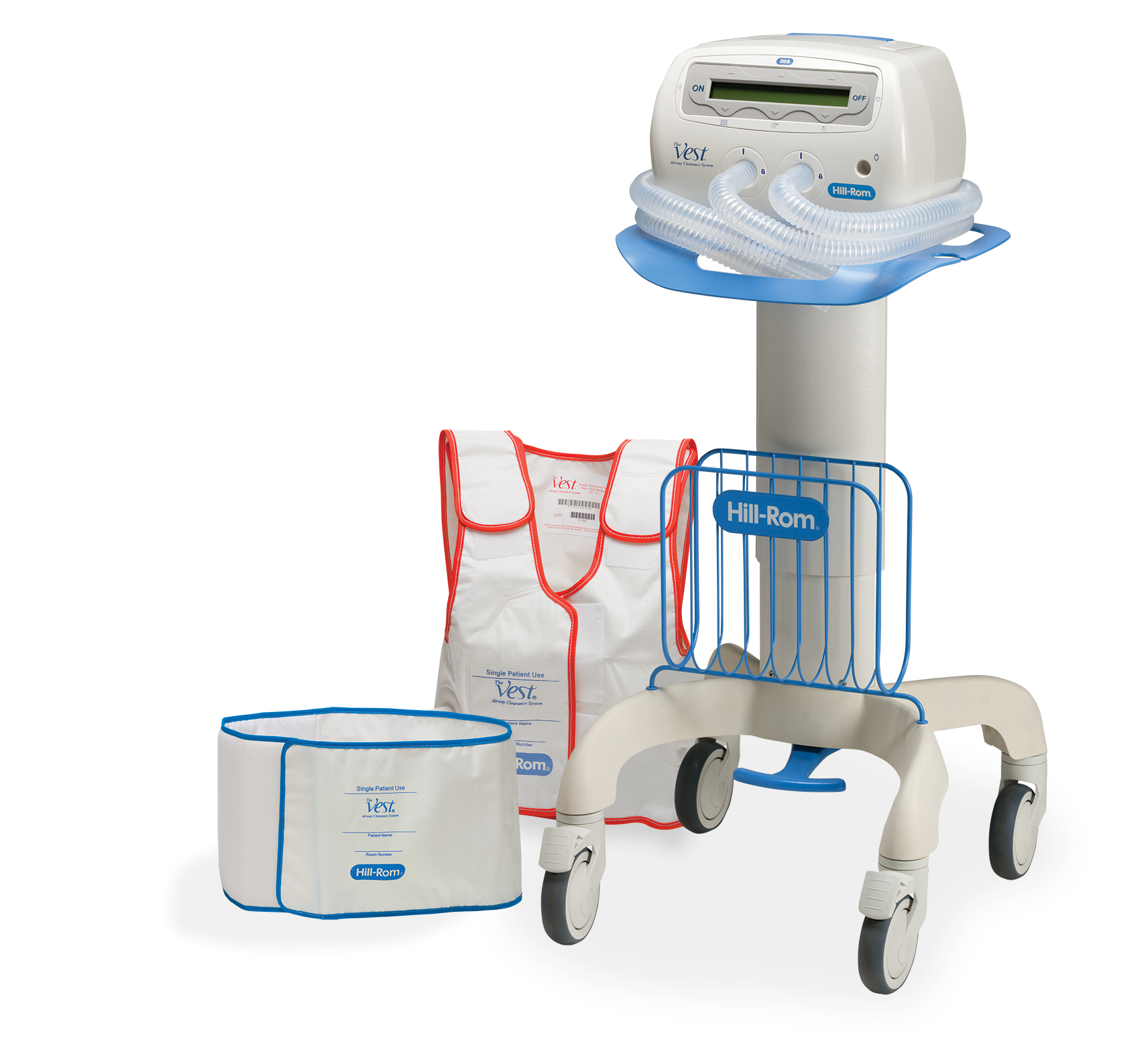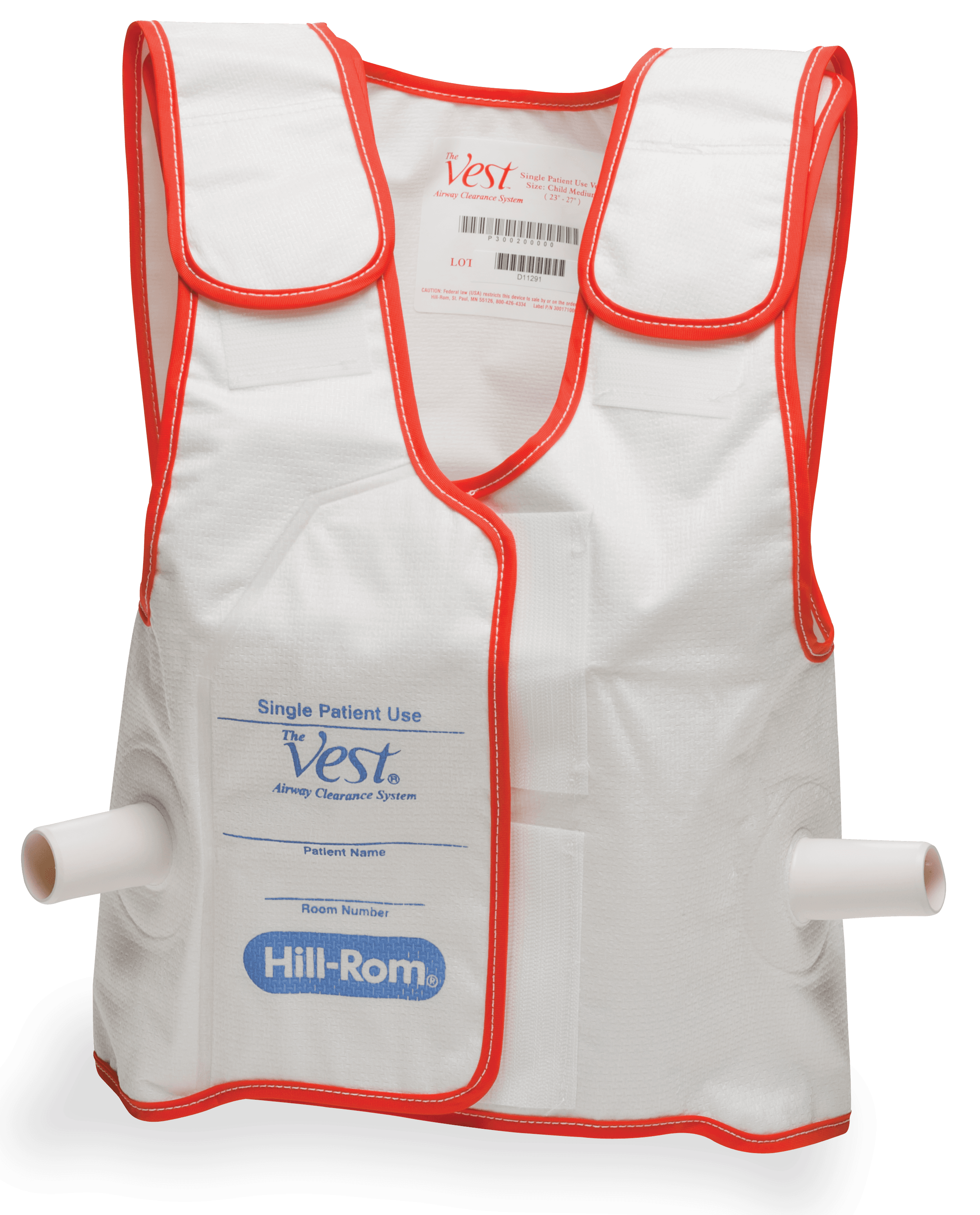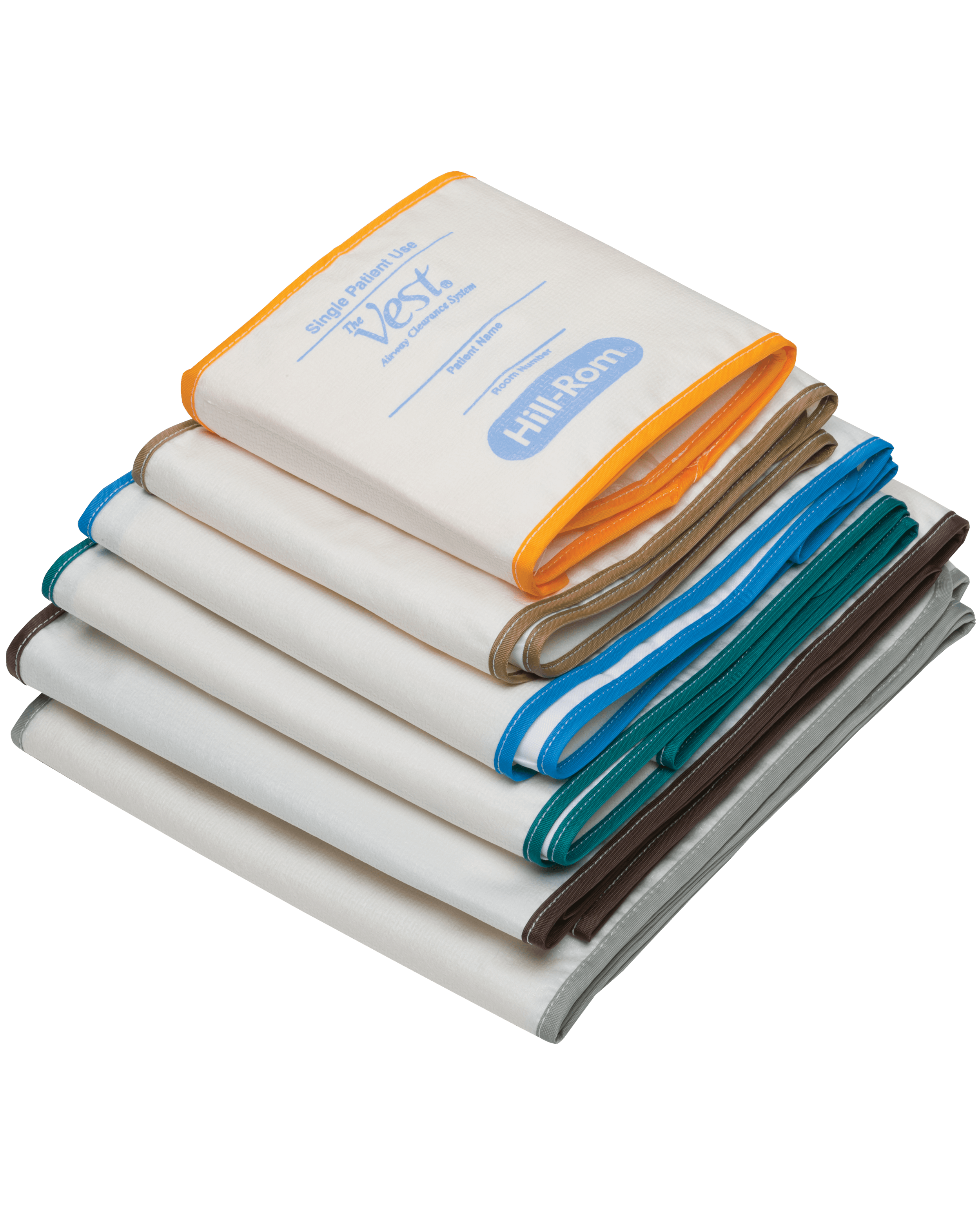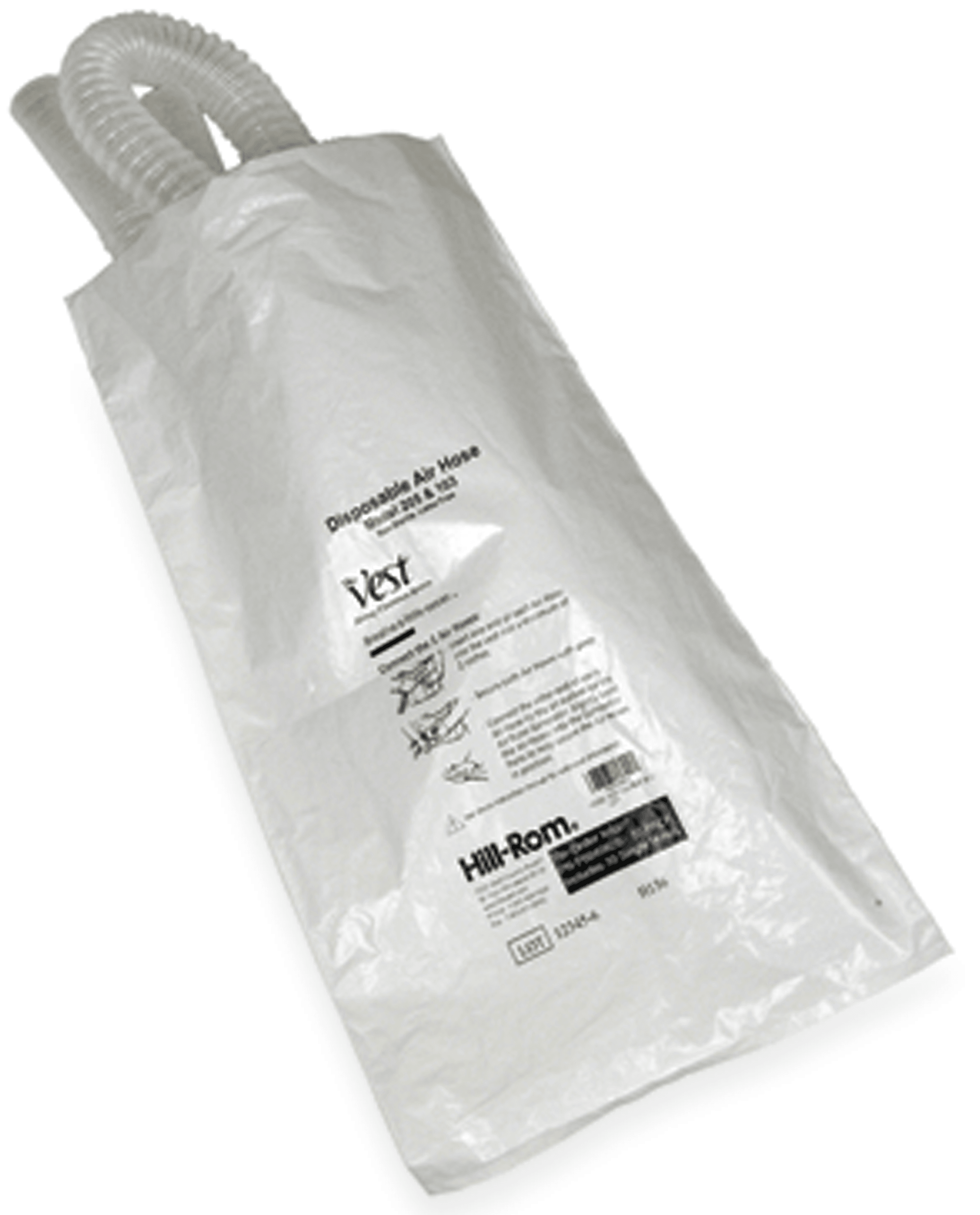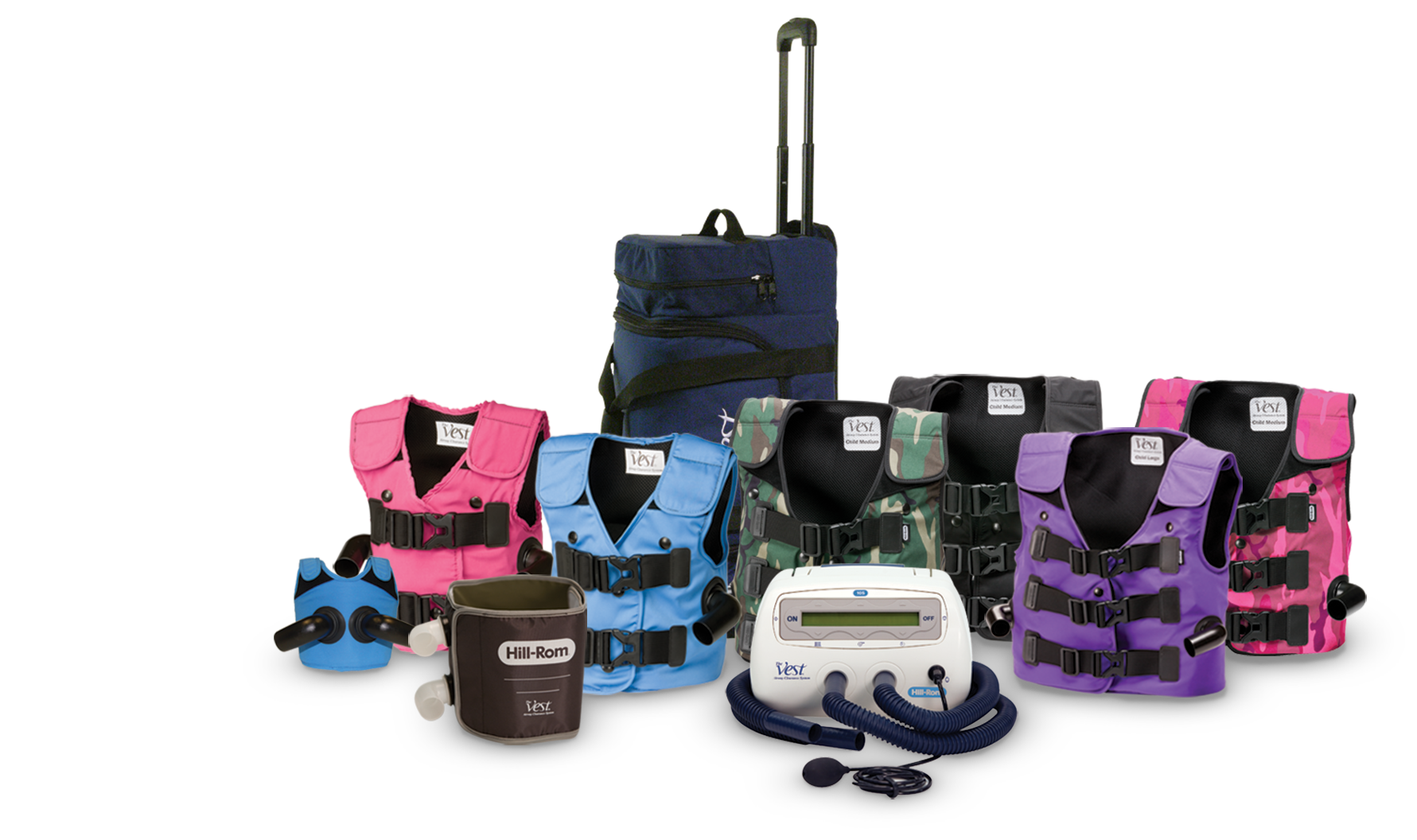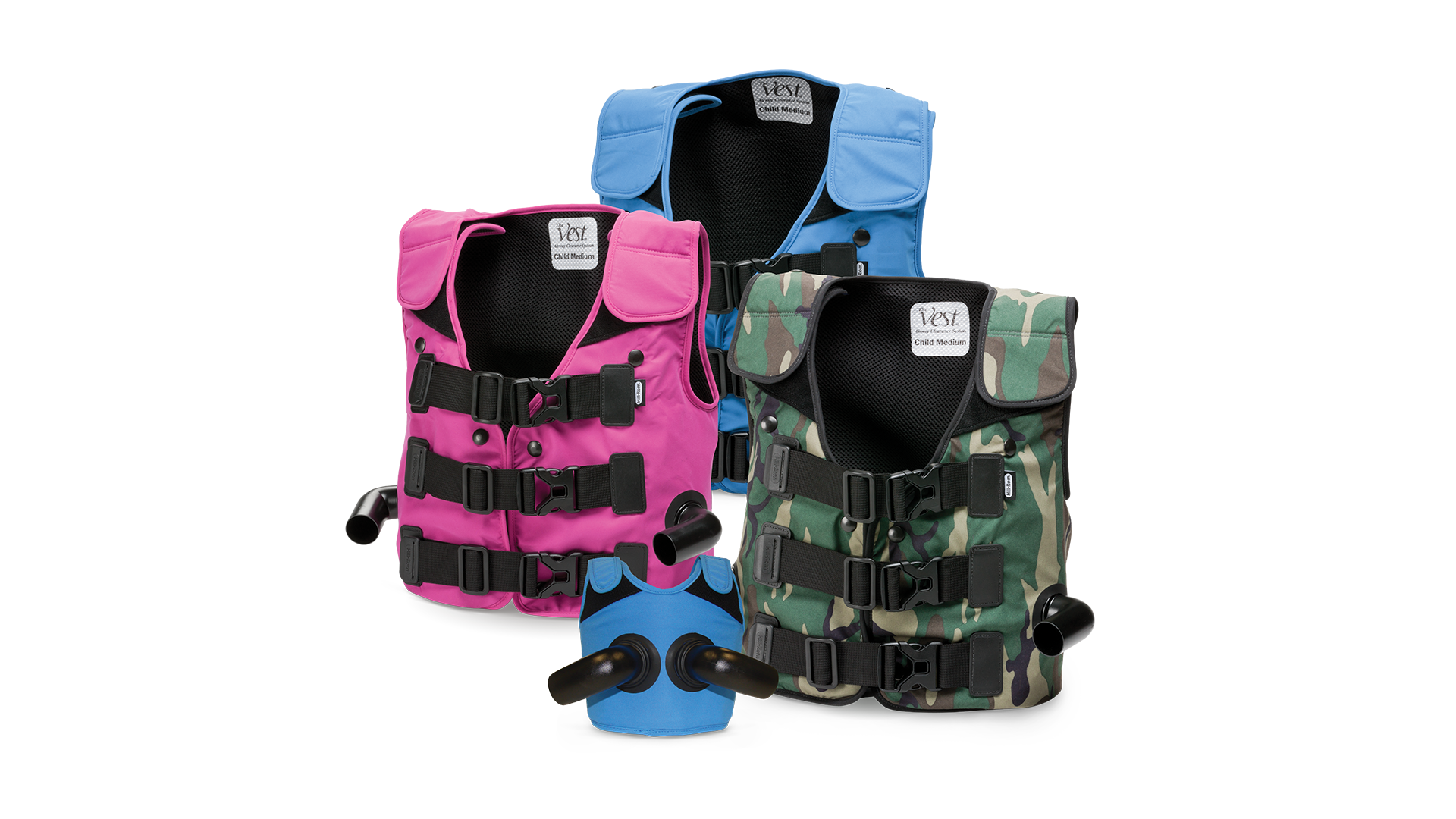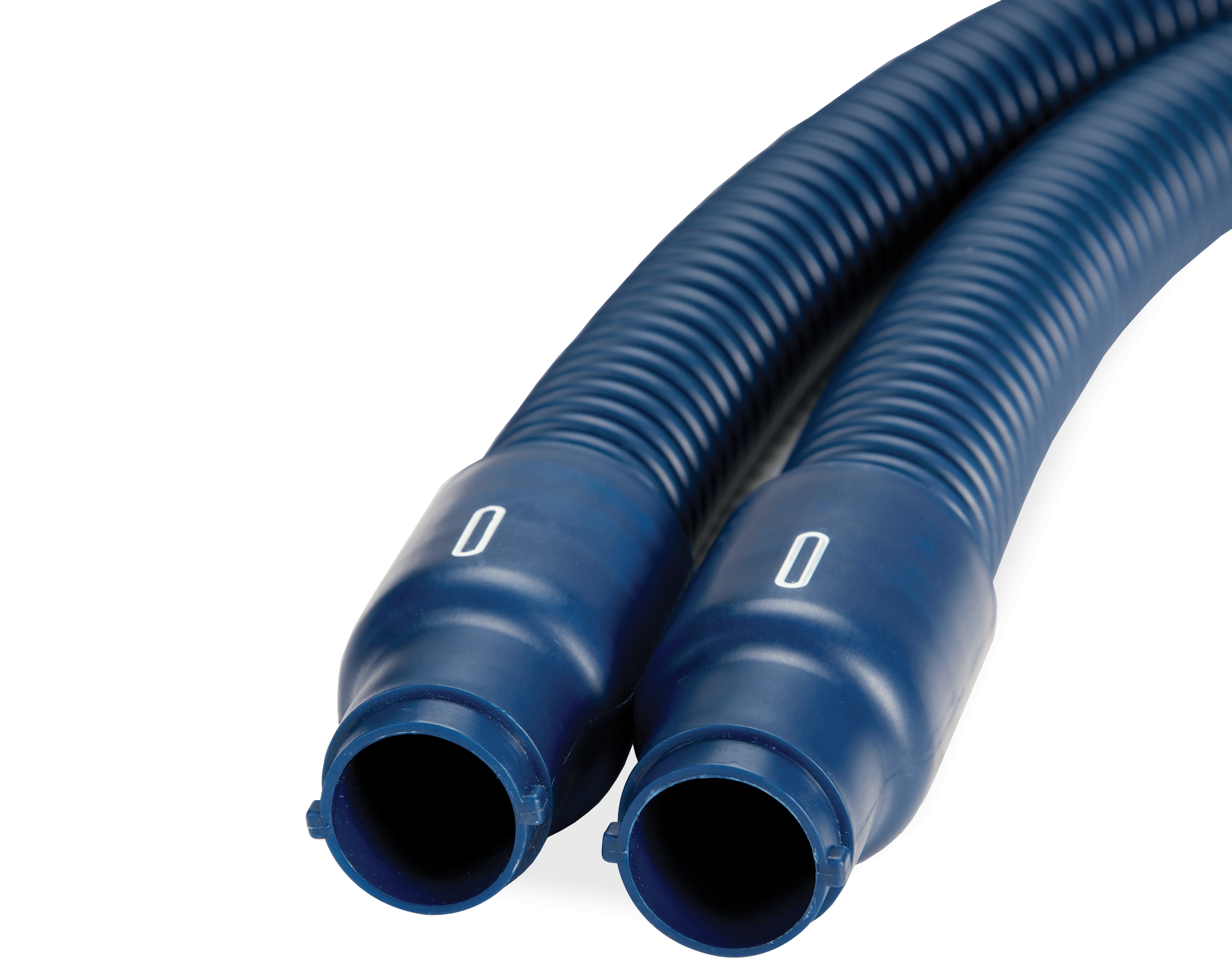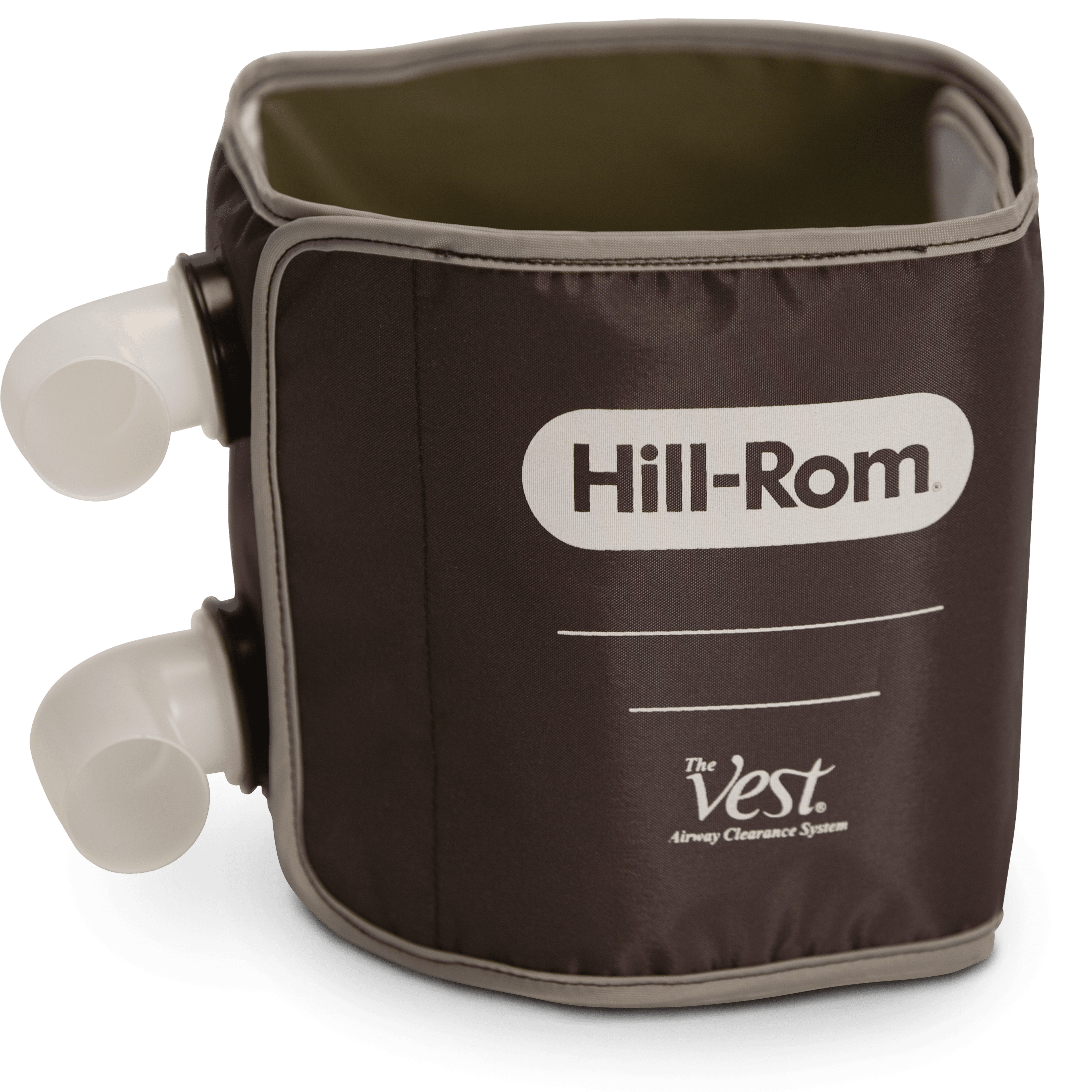
The MetaNeb® System Oscillation
& Lung Expansion Therapy
The MetaNeb® System combines lung expansion, secretion clearance, and aerosol delivery into a single integrated therapy session—without having to switch between different devices.
The MetaNeb® System provides patients an effective and consistent therapy to prevent and treat pulmonary atelectasis while delivering operational efficiencies to healthcare providers. Watch the video to see how it works.

The MetaNeb® System
• Three Therapies. One device.
• An effective and efficient solution.

The MetaNeb® Circuit
• Single patient use (SPU) circuit includes mouthpiece, nebulizer, mask/tracheostomy adapter, an in-line ventilator set-up.
• Available with the delivery options of In-line ventilation, Mouth-piece, Face mask and Tracheostomy.

The MetaNeb® Circuit
• Single patient use (SPU) circuit includes mouthpiece, nebulizer, mask/tracheostomy adapter, an in-line ventilator set-up.
• Available with the delivery options of In-line ventilation, Mouth-piece, Face mask and Tracheostomy.
The MetaNeb® System Offers three Therapies in one device:
- Continuous Positive Expiratory Pressure (CPEP): Lung expansion therapy for the treatment and prevention of pulmonary atelectasis.
- Continuous High Frequency Oscillation (CHFO): Secretions mobilization therapy for the treatment and prevention of retained secretions.
- Aerosol Mode: Aerosol Therapy only.



Understanding the Role of Oscillation and Lung Expansion Therapy (OLE) During the COVID-19 Outbreak

Updating Evidence and Defining Aerosol Generation in Respiratory Health OLE Therapies and Procedures

Measured Effects of Adding Continuous High-Frequency Oscillation (CHFO) to Mechanical Ventilation
in a Laboratory Test Setting

The Vest® System,
High Frequency Chest Wall Oscillation
The Vest® Airway Clearance System has been demonstrated to benefit patients in the removal of retained secretions due to both acute and chronic respiratory conditions. The Vest® System can assist in airway clearance for patients suffering from airway clearance dysfunction, secretion retention and/or ineffective cough or secretion clearance due to immobility, deconditioning or muscle weakness.
The Vest® Airway Clearance System utilizes High Frequency Chest Wall Oscillation (HFCWO) technology to dislodge mucus from the bronchial walls and mobilizes secretions and mucus from the smaller to larger airways where it can be cleared by coughing or suctioning.
Features
- Reduces pressure in the inflatable garment when paused to allow deep breathing
- Multiple programming options for treatment flexibility
- Device can be programmed in several languages
- CoughPause™ feature allows you to program a reminder to cough

The Vest® System, Model 205 – Acute Care
Explore the Vest® System, Model 205 and its accessories. Fill out the contact form at the bottom of the page to learn more.
The Vest® System, Model 105 - Home Care
Explore the Vest® System, Model 105 and its accessories. Fill out the contact form at the bottom of the page to learn more.

Two Versatile Therapies to Meet a Variety of Needs
The MetaNeb® System

- Internal Oscillatory Device option
- Prefer in-line use with ventilated patients
- Patients for whom HFCWO may not always be appropriate
- Burns to thorax
- Chest wall cannot be manipulated
- Difficulty to apply garment
- Very small or large chest circumferences
The Vest® Airway Clearance System

- External Oscillatory Device option
- Secretion clearance primary need
- Does not require a gas source
- Continuum of care with same device
- Acute Care to Home Care - Patients for whom The MetaNeb® System may not always be appropriate
- Unable to tolerate/use mouthpiece or mask properly
- Intolerance to internal percussion

Design Matters when You Select an Airway Clearance System
The Vest® System with True Flow design includes a uniquely designed airflow generator that delivers a comfortable, consistent air volume to the garment. This results in predictable airflow performance.¹
True Flow™ Design Delivers Airflow Performance

Proven Clinical Outcomes
Currently in its 5ᵗʰ generation, The Vest System has more than 25 years of peer-reviewed clinical articles. In one study, 94% of patients who used The Vest® System had better than expected lung function scores after an average of 22 months based on the previous two years of manual CPT.³⁻⁶

Why Choose The Vest® System?
The Vest® System by Hillrom has a True Flow design that results in more airflow.¹ Airflow bias is required for appropriate secretion movement.⁷⁻⁸ The Vest® System has more than 25 years of peer-reviewed clinical articles with proven clinical outcomes. Patients who choose The Vest® System may experience better mobilization of retained secretions, helping them to Breathe a Little Easierᵀᴹ.

Need consultation to select the optimal solution?
Complete this form to have your Hillrom representative who will help you assess your challenges and recommend the right solution for you and your practice.
- Independent lab testing analyzed and compared average airflows at the mouth generated by high frequency chest wall oscillation (HFCWO) therapy in 10 subjects using home care garments. Airflows measured at commonly prescribed medium pressures (50% of maximum) at multiple therapy frequencies (5, 10, 15, and 20 Hz). Test data and reports on file at Hill-Rom, Inc.
- Market data and reports on file with Hill-Rom, Inc.
- Clinical studies with patients using HFCWO therapy as listed in a PubMed search through 2015. Includes HFCWO devices from Hill-Rom, Electromed, International Biophysics Corporation and Respiratory Technologies, Inc. On file at Hill-Rom, Inc.
- Warwick W, Hansen L. The long-term effect of high-frequency chest compression therapy on pulmonary complications of cystic fibrosis. Pediatr Pulmonol 1991; 11: 265-271.
- Nicolini A, Cardini F, Landucci N, et al. Effectiveness of treatment with high-frequency chest wall oscillation in patients with bronchiectasis. BMC Pulm Med 2013; 13-21.
- Report prepared by Milliman for Hill-Rom on January 16, 2012. Results in this report are technical in nature and are dependent upon specific assumptions and methods. Reference on file at Hill-Rom, Inc.
- Sound testing results based on an average noise level at 4 microphone positions at 1 meter. Sound for each device measured at medium pressure at frequencies of 5, 10, 15, and 20 Hz. A comfortable hearing level is typically considered at 60 dB and lower. Reference on file at Hill-Rom, Inc.
- Freitag L, et al. Removal of excessive bronchial secretions by asymmetric high-frequency oscillations. J Appl Physiol 1989; 67: 614-9.
- About the connection between sound level and loudness, there are various theories. Research by Richard M. Warren leads to a level difference of 6 dB.* This means that a double sound pressure corresponds to a double loudness. Richard M. Warren, "Elimination of Biases in Loudness Judgments for Tones."
- King M, et al. Tracheal mucus clearance in high-frequency oscillation. II: Chest wall versus mouth oscillation. Am Rev Respir Dis, 1984. 130(5): p. 703-6.
The Vest®, True Flow™, and Breathe a Little Easier™ are registered trademarks or trademarks of Hill-Rom Services PTE Ltd.
inCourage and RespirTech® are registered trademarks of Respiratory Technologies, Inc.
SmartVest® and SQL® are registered trademarks of Electromed, Inc.
AffloVest® is a registered trademark of International Biophysics Corporation.
A reference to any product on this site does not imply that such product is or will be available in your location. Please contact your authorized country representative for specific product availability in your country.
*Always Read Labels and Instructions for Use. Contact your Hillrom Representative for the latest version.




